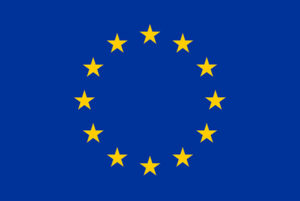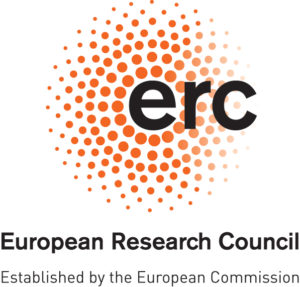Optimal Transport and Stochastic Dynamics
Duration: February 1, 2017 – July 31, 2022
Granted funding: 1074 kEUR
Project ID: 716117
Abstract: Many important properties of stochastic processes are deeply connected with the underlying geometric structure. The crucial quantity in many applications is a lower bound on the Ricci curvature, which yields powerful applications to concentration of measure, isoperimetry, and convergence to equilibrium.
Since many important processes are defined in discrete, infinite-dimensional, or singular spaces, major research activity has been devoted to developing a theory of Ricci curvature beyond the classical Riemannian setting. This led to the powerful theories of Bakry-Émery and Lott-Sturm-Villani, which have been extremely successful in the analysis of geodesic spaces and diffusion processes. Building on our recent work, we will develop a wide research program that allows us to significantly enlarge the scope of these ideas.
Firstly, we develop a comprehensive theory of curvature-dimension for discrete spaces based on geodesic convexity of entropy functionals along discrete optimal transport. Promising first results suggest that the theory initiated by the PI provides the appropriate framework for obtaining many powerful results from geometric analysis in the discrete setting.
Secondly, we analyse discrete stochastic dynamics using methods from optimal transport. We focus on non-reversible Markov processes, which requires a significant extension of the existing gradient flow theory, and develop new methods for proving convergence of discrete stochastic dynamics.
Thirdly, we develop an optimal transport approach to the analysis of quantum Markov processes. We will perform a thorough investigation of noncommutative optimal transport, we aim for geometric and functional inequalities in quantum probability, and apply the results to the analysis of quantum Markov processes.
The project extends the scope of optimal transport methods significantly and makes a fundamental contribution to the conceptual understanding of discrete curvature.

